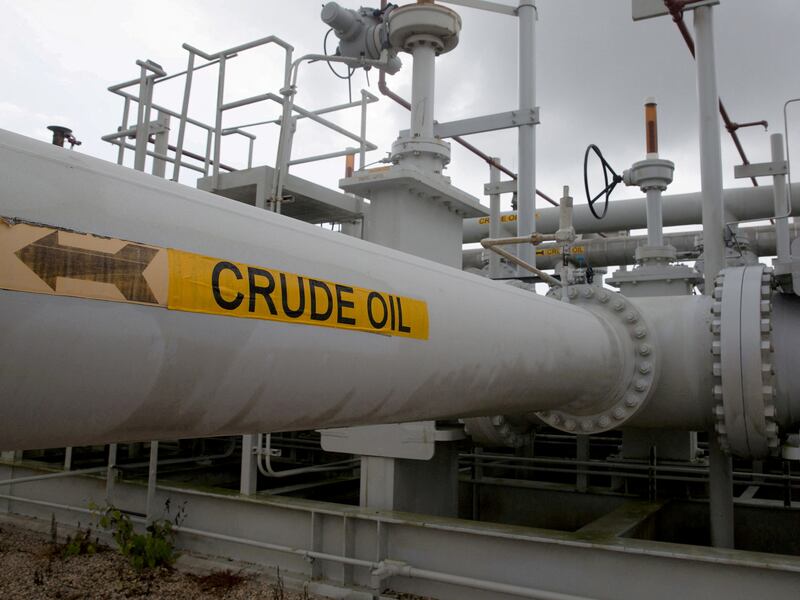The International Energy Agency (IEA) has cut its demand forecast for the year because of Covid-19 lockdowns in China and weaker-than-expected demand growth in advanced economies, especially the US.
Demand for the year has been lowered by 260,000 barrels per day from last month's projection to 99.4 million bpd for 2022, the Paris-based agency said on Wednesday.
“The stringent lockdowns in China have led us to further revise down our estimate for oil demand in the second quarter of 2022 and for the year as a whole,” the IEA said.
“In addition, more complete demand data for the first quarter of 2022, especially in the US, was sharply lower than preliminary estimates.”
China, the world’s second-largest economy and the biggest importer of oil, is experiencing a wave of Covid-19 infections and has implemented strict lockdowns in Shanghai, the country’s largest city.
Authorities are also carrying out mass testing to isolate every infected person as part of China's “zero Covid” strategy. It is the country's largest public health response since it tackled the initial Covid-19 outbreak in Wuhan, where the novel coronavirus was first discovered in early 2020.
Meanwhile, Russia's oil supply is expected to decline further amid sanctions by the US and its allies as Moscow continues its military offensive in Ukraine, according to the IEA. So far in April, about 700,000 barrels per day of production has been shut-in and losses are likely to grow to 1.5 million barrels per day for the entire month.
“From May onwards, close to 3 million bpd of Russian production could be offline due to international sanctions and as the impact of a widening customer-driven embargo comes into full force” it said.
Russia is the world's second-largest energy exporter. It accounts for about 10 per cent of the world’s energy output, including 17 per cent of its natural gas and 12 per cent of its oil. The US and UK have already banned Russian oil imports.
“Despite the disruption to Russian oil supplies, lower demand expectations, steady output increases from Opec+ members along with the US and other non Opec+ countries, and massive stock releases from IEA member countries should prevent a sharp deficit from developing," the IEA said.
Last week, IEA member countries agreed to release a total of 120 million barrels of oil from their emergency stockpile to tackle soaring oil prices after Russia’s military offensive in Ukraine. Half of the total amount will come from the US and the rest from other members.
This is on top of the 120 million barrels the US plans to release from its Strategic Petroleum Reserve, which will bring total additional supply to the market to 240 million barrels worldwide.
Opec and its allies, including Russia, are also adding more supply to the market every month as they unwind record output cuts put in place in 2020 due to a collapse in demand. The Opec+ group will add another 432,000 barrels per day of crude to the market in May.
Brent, the global benchmark for two thirds of the world's oil, was trading 1.84 per cent higher at $106.57 per barrel at 2.31pm UAE time on Wednesday, while West Texas Intermediate, the gauge that tracks US crude, was up 1.71 per cent at $102.32 per barrel.
“Benchmark crude prices are now back to near pre-invasion levels but remain troublingly high and are a serious threat for the global economic outlook,” the IEA said.







